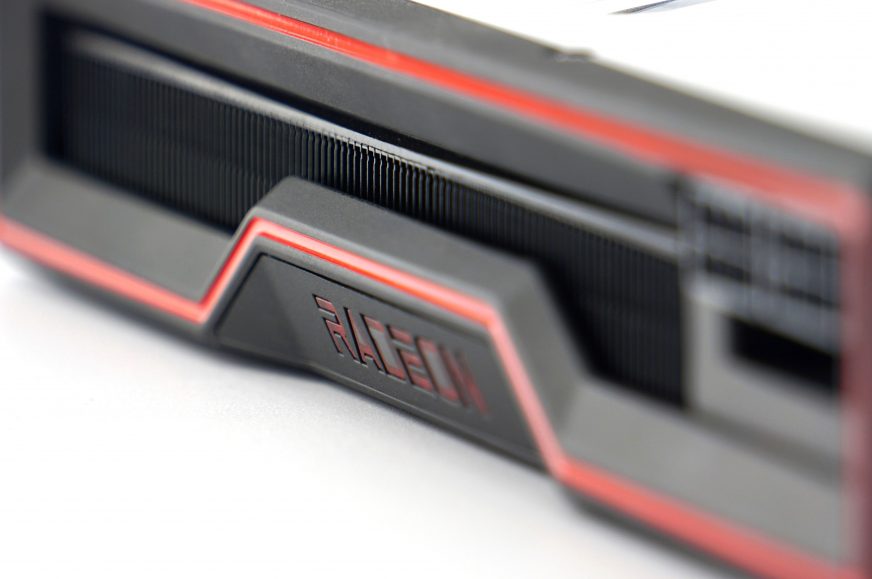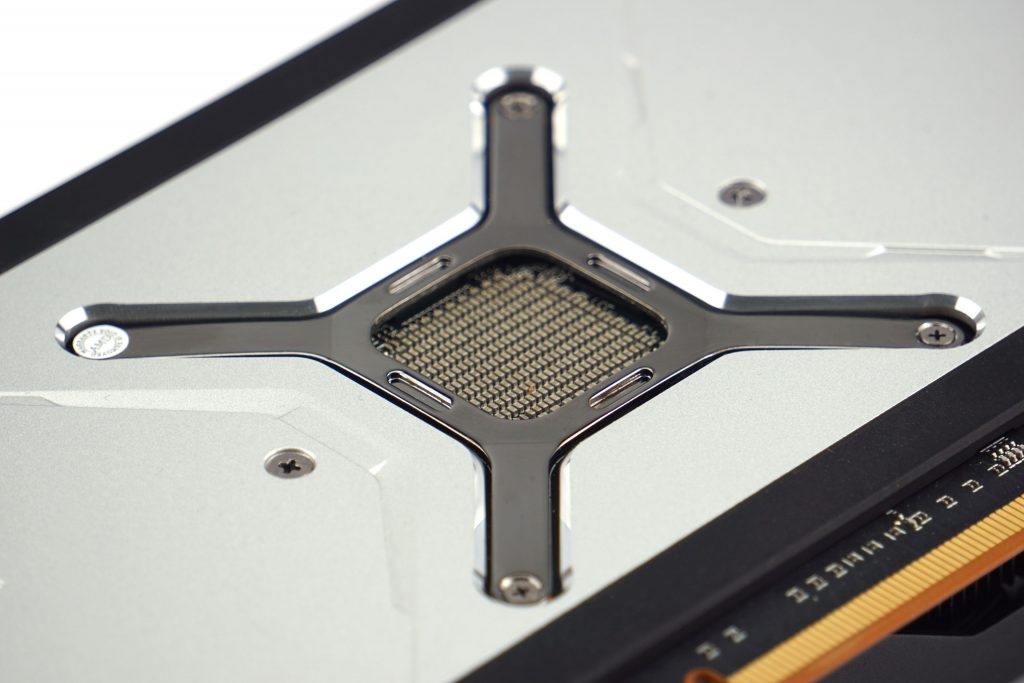Conclusion
The Smart Access Memory feature is far from perfect. And although it is a useful technology overall, it also proves to be very unstable. What was true today may not tomorrow, and an in-depth analysis shows all those patches. On the one hand, those that eliminate the biggest problems that no one boasts about, and on the other hand, those that raise average performance in small steps.
Conclusion
Behavior model of the SAM varies a lot, multiple tests confirm this. 3DMark results don’t show it yet, but games and practical apps do. If we look at it chapter after chapter, then in a very short time due to some (de)optimization, AOE II: DE does not benefit from SAM turned on (and the performance increase from a month ago was not low). The difference (SAM on/off) does no longer include this game. But Assassin’s Creed: Valhalla keeps its 10–15% difference, that the Smart Access Memory adds on the RX 6800. The percentage increase in Battlefield V is already bigger (in QHD up to 15%), that we measured by the end of January on the RX 6800 XT (+5%). Control does not seem to like SAM, where it consumes a bit of performance.
Strange things going on in Counter-Strike: GO. With SAM on, the performance increase depends on the resolution 43–80% (in terms of minimal FPS in FHD even up to 94%). Naturally, the difference in power draw is also adequate. From these results, however, it is clear that there is something wrong. The performance with SAM is finally amazing, but without this technology, CS:GO only draws 90 W out of the card, which is way too little. Results in Cyberpunk 2077 are also remarkable. In the native setting, SAM also increased the performance before in this game, but the situation was reversed with FidelityFX CAS enabled, where active Smart Access Memory decreased the performance (at least on the RX 6800 XT, but there is no reason why it should be different on the RX 6800). That’s clearly not true today and the 10–17% increase is present here as well, like without SAM.
Positive impact of SAM can also be seen in DOOM Eternal. It is not a big deal, but instead of a negative percentage it is now positive (1–5 %). SAM also nicely increases the performance in Forza Horizon 4 or Red Dead Redemption 2, but compared to the RX 6800 XT, it’s also slightly higher. The question is how much of it would happen “under the same conditions” and how much of it is due to new drivers and how much is caused by game updates. One such update has just been released recently for RDR2.
But there are also games where the ratios (and percentage increases across the RX 6800 XT and RX 6800 cards) have more or less not changed, at least not in such a way that it immediately strikes the eye. This typically includes F1 2020, Shadow of the Tomb Raider, which are titles that constantly benefit from SAM. Unlike devil-may-care MS Flight Simulator, Total War Saga: Troy or Wasteland 3, that do not respond to SAM.
From the point of view of application performance, nothing fundamental changes and it is still true that SAM can decrease it in some cases. Especially with screen capture in Xsplit, where FPS drops while recording are more significant than in OBS. But even here, there has been a significant improvement since the last SAM test. And we’ve also seen small percentage increases in other applications, including various cipher-cracking tests.
And conclusion? After 20 hours of pure SAM on testing, I will not avoid the frustration of how its behavior fluctuates. The question is therefore whether to bother with this technology at all within the standard methodology. The original plan was to test SAM additionally until Nvidia began to support this technology. But again … it will also give us numbers that can be misleading in one chart. Of course, performance and thus operational characteristics are always formed over time, but we still remain at the level of relevant comparisons apart from the exclusive and proprietary technologies that companies pride on and tune them. For better orientation, you will find information about the test date and, of course, the version of the graphics driver and OS build in each bar of the graphs.
Anyway, we’ll figure something out. Quarterly testing of one card from each manufacturer and creating some sort of progress coefficient could be at least a little helpful. But for you, the users, of course, the constant SAM testing and improving the methodology is good news. It’s just a hassle for us to somehow test it reasonably and get some of the desired valuable result databases of graphics cards. Well, it’s going to be a struggle and it seems we’re going to fight windmills. 🙂
Thank you to Spacebar for providing us with games for our tests
- Contents
- Methodology: performance tests
- Methodology: how we measure power draw
- Methodology: noise and sound measurement
- Methodology: heat tests
- Test rig
- 3DMark
- Age of Empires II: DE
- Assassin’s Creed: Valhalla
- Battlefield V
- Battlefield V with DXR
- Borderlands 3
- Control
- Control with DXR
- Counter-Strike: GO
- Cyberpunk 2077
- Cyberpunk 2077 with FidelityFX CAS
- DOOM Eternal
- F1 2020
- FIFA 21
- Forza Horizon 4
- Mafia: DE
- Metro Exodus
- Metro Exodus with DXR
- Microsoft Flight Simulator
- Red Dead Redemption 2 (Vulkan)
- Red Dead Redemption 2 (Dx12)
- Shadow of the Tomb Raider
- Shadow of the Tomb Raider with DXR
- Total War Saga: Troy
- Wasteland 3
- Overall game performance and performance per euro
- CompuBench (OpenCL)
- SPECviewperf 2020 and SPECworkstation 3
- FLOPS, IOPS and memory speed tests
- 3D rendering 1/2 (LuxMark and Blender@Cycles)
- 3D rendering 2/2 (Blender@Radeon ProRender and Eevee)
- Photo editing (Adobe Photoshop, Lightroom and Affinity Photo)
- Broadcasting (OBS and Xsplit)
- Password cracking
- GPU clock speed
- GPU heating
- Net graphics power draw and performance per watt
- Analysis of 12 V subcircuit power supply (higher load)
- Analysis of 12 V subcircuit power supply (lower load)
- Analysis of 3.3 V subcircuit power supply
- Noise level
- Frequency response of sound
- Conclusion













